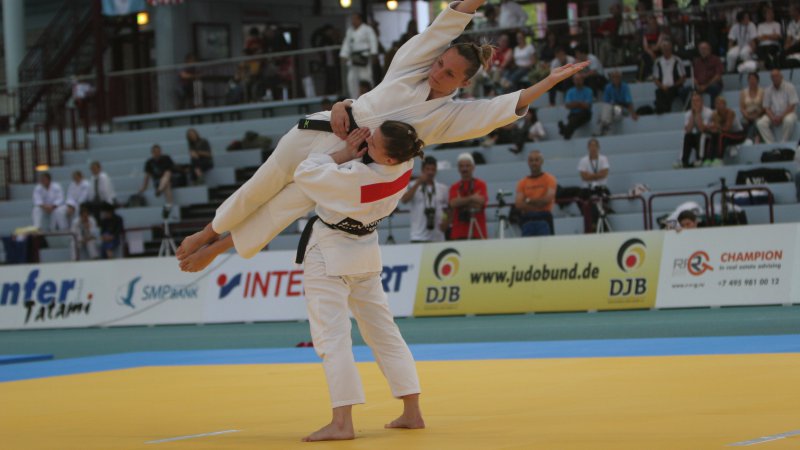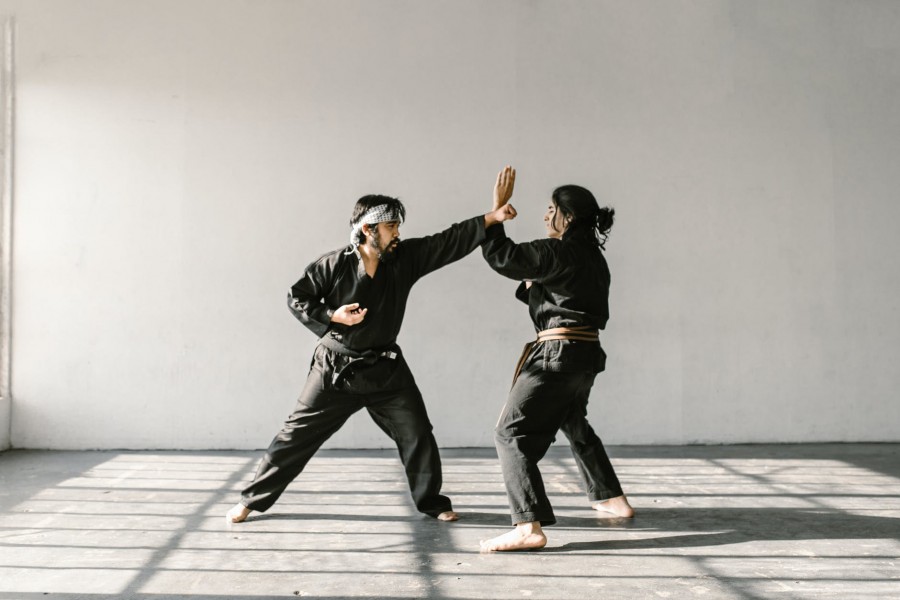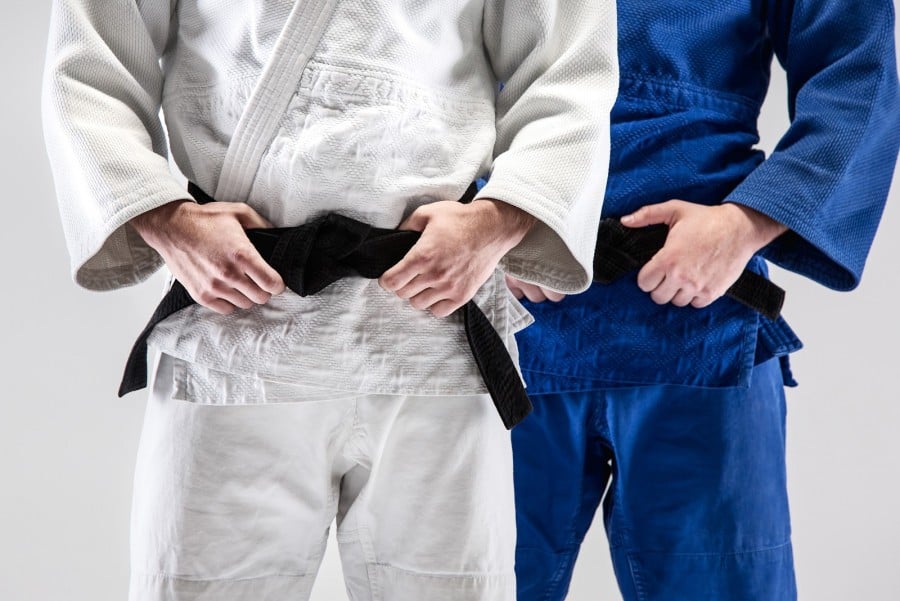Judo is a globally practiced sport, known for its rich history and cultural values. The term "judo" means "gentle way" in Japanese, and was created at the end of the 19th century by Jigoro Kano, who developed a self-defense technique that combined strength and balance, using them against the opponent. Since then, judo has become one of the most popular sports, especially in Brazil, which excels in international competitions.

Table of Content
The History of Judo
Judo was created on the basis of jiu-jitsu, a traditional Japanese martial art. Jigoro Kano founded the Kodokan Institute in 1882 for the study and practice of judo. The name "Kodokan" means "institute for the study of the way", reflecting Kano's vision of judo as a practice that goes beyond fighting, including a strong philosophy based on the concept of ippon-shobu (the fight for the perfect point) and a moral code for practitioners.
Kano incorporated a variety of fighting styles into his creation, allowing judo to be accessible to everyone, regardless of physical strength. Over time, the sport gained worldwide popularity. In 1918, the first judo club was founded in Europe, and judo arrived in Brazil in 1922, brought by Japanese immigrants.
In the 1930s, immigrants began to organize martial arts in Brazil, including judo, which was initially practiced mainly in the Japanese colonies. As the practice grew, judo was integrated into the Brazilian Boxing Confederation, until the Brazilian Judo Confederation was founded in 1969.
The martial art officially entered the Olympic Games program in 1964, during the Tokyo Games, consolidating its position as one of the most important sports on the international stage. Since 1984, Brazil has excelled in judo, winning Olympic medals at every edition of the Games.

Basic Rules of Judo
In judo competitions, the main objective is to win the fight, which lasts a maximum of four minutes. However, the fight can be ended at any time if one of the competitors applies an Ippon, considered the perfect blow.
In addition to the Ippon, competitors can also score points with a Waza-ari, which is half a point. A judoka who accumulates two Waza-ari automatically wins the fight. In the event of a tie, the contest goes to the golden score, where the first to score wins.
The infractions, known as shidos, are applied to unsportsmanlike behavior or lack of combativeness. A competitor who accumulates three shidos is disqualified. In the golden score, shidos are not counted as a tie-breaker.
Main Movements of Judo
- IpponConsidered the perfect strike, it is applied when the opponent is thrown with their back completely on the mat or immobilized for 25 seconds.
- Waza-ariHalf a point, awarded when the opponent falls on their side or with half their back on the ground. Can also be applied when immobilized for at least 10 seconds.
These are the only moves that count towards the score since 2018, when the Koka< and the Yuko< were removed from official competitions.

Equipment Used in Judo
The main piece of equipment used in judo is the judogi, which must follow strict standards in official competitions. Each competitor must check their judogi before fights to ensure that it is up to standard.
1. Wagi
The wagi is the upper part of the judogi and should completely cover the buttocks, with the sleeves reaching the wrists when the arms are outstretched. The lapels of the wagi also need to be adjusted correctly to avoid disqualifications.
2. Shitabaki
The shitabaki is the uniform pants, and it should cover up to 5 centimeters above the ankle. This piece needs to allow freedom of movement, without being too tight or too loose.
3. Obi
The obi is the belt that indicates the judoka's rank. Although the black belt is widely recognized, the highest levels in judo are represented by the red and white belts and, finally, by the red belt, which symbolizes mastery in the sport.
4. Women's Shirts
In the case of female competitors, it is compulsory to wear a white shirt under the judogi, which must be plain, without prints or marks, ensuring that the outfit is appropriate for the competition.

Final Thoughts
Judo is a martial art and sport that demands discipline, technique and respect. Its practice goes beyond physical combat and also involves a philosophy of life that values balance and self-control. In Brazil, judo continues to grow, with new practitioners joining schools and academies to learn and develop their skills.
Despite the challenges faced by athletes, such as the lack of public and private incentives, judo continues to bring significant results in international competitions. Brazil's success in the sport is proof of the commitment and dedication of the judoka to achieving excellence.
